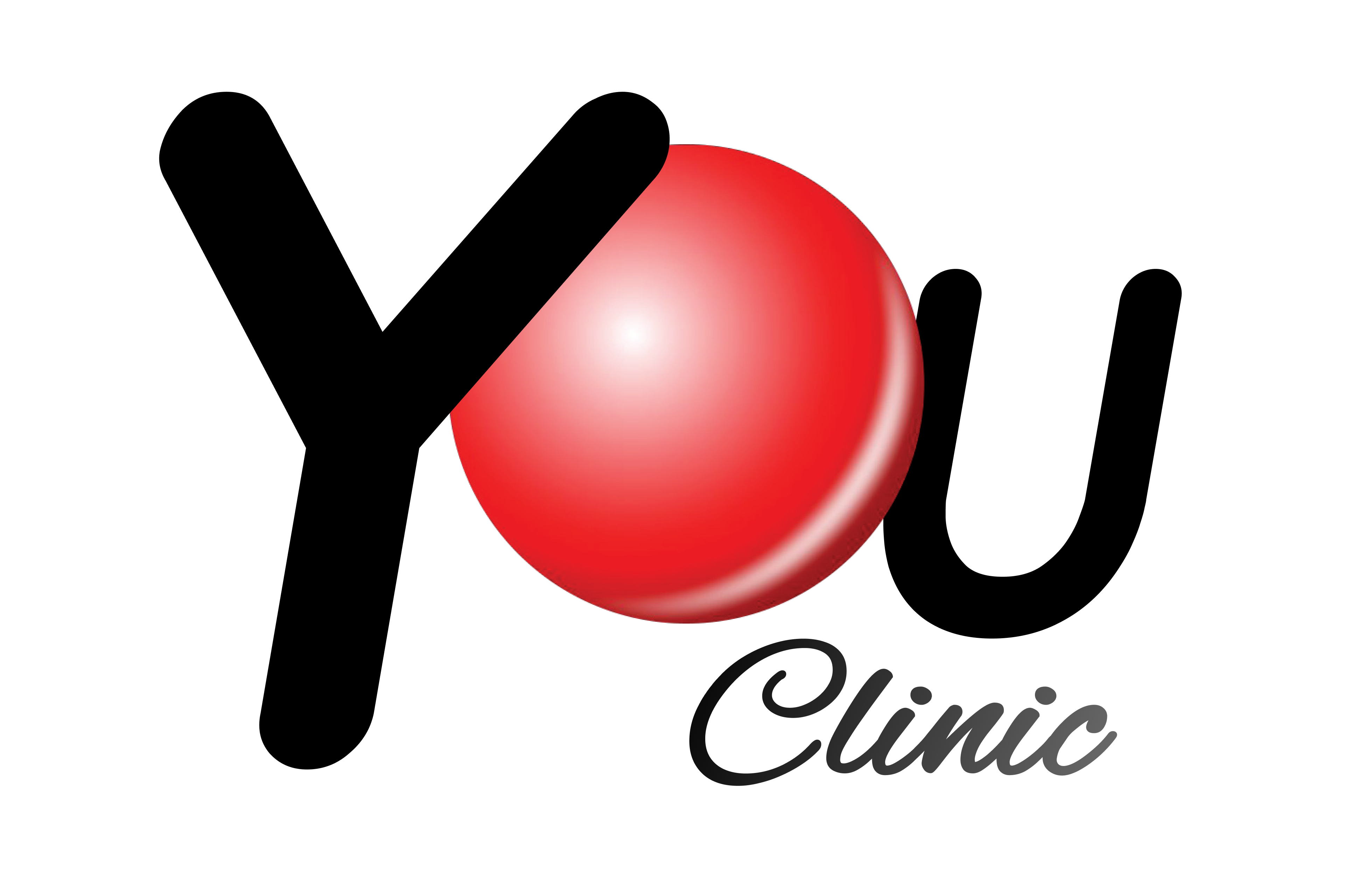Cerebral Palsy

Therapy of Cerebral Palsy (CP) Disease in Turkey with Stem Cells
Stem cell therapy restores damaged brain cells, nerve cells, and muscle cells in cerebral palsy patients. Preventing and limiting disorders improves the patient's quality of life at home and in the community while reducing disease-related issues.
Stem cells are employed in the therapy of Cerebral Palsy because of their ability to turn into those cells when they come into contact with damaged brain cells, as well as to heal damaged nerves and muscles.
This therapy may reduce the growth of the disease, stop it completely, or cause it to relapse.
The amount of cells to be supplied is decided by the patient's age and weight. The therapy is delivered in three 45-day sessions or three consecutive days.
The success rate is proportional to the patient's age, disease length, and condition. In severe situations, more than one therapy may be required.
What is Cerebral Palsy (CP)?
Cerebral palsy is a physical condition caused by injury to the immature brain during pregnancy, postpartum, or delivery. Even though the condition impairs muscle mobility, it is not caused by an issue with the muscles or nerves.
Cerebral palsy is caused by abnormalities in the brain that govern muscle movements.
It is not an illness that worsens over time. Early intervention in the traumatized brain and other rehabilitation methods and therapys throughout life can result in significant gains.
What are the Symptoms of Cerebral Palsy (CP)?
The majority of children with cerebral palsy are born with the disease, but it may not be recognized for months or years. The disease's symptoms might affect the entire body or just one side. If children between the ages of 0 and 12 months exhibit weakness or changes in motor movements, muscular weakness, joint and posture problems, and trouble adapting to social life and performing activities independently, this disease should be suspected.
Rolling, sitting, crawling, and walking are developmental milestones infants with CP achieve later than their peers. They may have reflexes that should go away in early childhood.
The main symptoms of the disease:
● Delays in motor skill development such as rolling, sitting alone or crawling
● Changes in muscle tone, such as excessive stiffness or looseness
● Vision, hearing and speaking disorders
● Neurological problems such as seizures, mental disability and blindness
● Hardness and exaggerated reflexes in muscles which is called spasticity
● Muscle coordination weakness called ataxia
● Respiratory disorders
● Bladder and bowel disorders
● Trembling and involuntary movements
● Falling frequently
● Swallowing problems
● Preferring one side of the body, for example holding objects with the same hand all the time
Causes of Cerebral Palsy (CP)
Some of the risk factors that cause this disease are:
● Mother and child blood incompatibility
● During pregnancy or birth, the infant suffers from a lack of oxygen.
● The mother is suffering from a viral or bacterial illness that is affecting the infant's neurological system.
● Using alcohol, drugs, or medicines while pregnant
● Premature delivery
● Low birth weight
● Coagulation problems
● Hemorrhage in the brain
Therapy of Cerebral Palsy (CP)
The goal of therapy is to prevent or minimize abnormalities while also increasing the patient's quality of life at home and in the community. Children and adults with cerebral palsy require long-term medical care from a medical team. These therapys include both surgical and non-surgical options.
Non-surgical therapy
● Rehabilitation
● Position assistance: It is used to help the child sit, lie down or stand.
● Orthesis and splints: These are used to prevent deformity, provide support or protect.
● Medication therapy: Oral or injection administration to control seizures or reduce spasticity in muscles
Surgical Therapys :
Orthopedic surgery:
Hip dislocation, ankle and foot deformities and muscle contractures.
Neurochirurgie:
Selective dorsal rhizotomy and intrathecal baclofen pump to correct spasticity.
Therapy of Cerebral Palsy (CP) Disease with Stem Cells
When stem cells come into contact with injured brain cells, they have the ability to transform into brain cells. As a result, they are utilized to treat Cerebral Palsy. They also cure injured nerves and muscles in the same way. As a result, they may reduce the growth of the disease, stop it completely, or cause it to regress. The success rate of the therapy is proportional to the patient's age, disease duration, and condition. If the disease has advanced significantly, therapy may be required more than once.
Method of Administration:
The amount of cells to be supplied is calculated by the patient's age and weight. Mesenchymal stem cells (produced from the patient's adipose tissue or bone marrow) or fetal stem cells are used in therapy. The patient's condition determines the therapy of the patient. It can be done in three 45-day increments or three consecutive days. The therapy regimen is precisely changed based on the patient's condition, and each patient may receive a different procedure.
Frequently Asked Questions
What is the Success Rate of Stem Cell Therapy in Cerebral Palsy?
Although the efficacy of therapy varies depending on the patient's age and the severity of the sickness, the disease's success rate ranges from 43 to 87%.
How is Cerebral Palsy Diagnosed?
Physical examination is utilized to diagnose CP. During the checkup, the doctor learns all about the child's pregnancy and birth history. CP is not often diagnosed until a kid is 6 to 12 months old. This is the time when the child achieves specific stages of development such as walking, hand and head control, and so on.
The following diagnostic tests can be used to diagnose the disease:
● A neurological examination can be used to evaluate reflexes and brain-motor processes.
● X-ray: This imaging technique can detect anomalies in internal tissues, bones, and organs.
● Electroencephalogram (EEG): This is a technique in which the electrical activities of your brain are continually recorded using electrodes attached to your scalp.
● Walking examination: It can be used to assess how the youngster walks.
● Magnetic Resonance Imaging (MRI): It can be used to provide detailed images of organs and structures inside the body when X-rays are insufficient.
● Computed Tomography Screening (CT): This is a diagnostic imaging technique that uses X-rays and computer technology to produce horizontal and vertical cross-sectional images of the body. A CT scan provides detailed images of every bodily part, including bones, muscles, fat, and organs.
● Genetic testing are diagnostic procedures used to assess family transition disorders.
● Blood testing and metabolic tests can also be utilized to get a diagnosis.
What are the types of Cerebral Palsy?
Spastic:
Damage to the motor cortex causes muscle stiffness as a result of limited movement. It is the most frequent, accounting for 70-80% of all cases.
Ataxic:
Ataxia is caused by a cerebellar damage. It has an impact on the patient's balance-position.
Dyskinetic:
Dyskinetic: A condition caused by injury to the basal ganglia. It is the least common.
- Alzheimer
- Cirrhosis
- ALS
- Autism
- Dementia
- Cerebral Palsy
- Impotence
- Infertility
- Heart Diseases
- Oligospermia
- LUPUS (SLE) Therapy
- LYME
- MS (Multiple Sclerosis)
- Muscular Dystrophy
- Parkinson’s Disease
- Rejuvenation
- Skin Rejuvenation
- Stroke – Brain Paralysis
- Autoimmune Diseases
- Ulcerative Colitis
- TINNITUS
- Type 2 Diabetes

